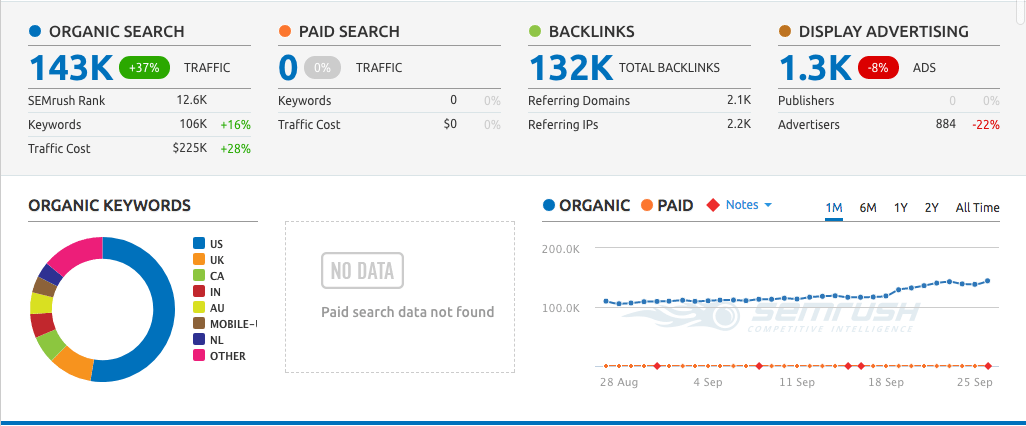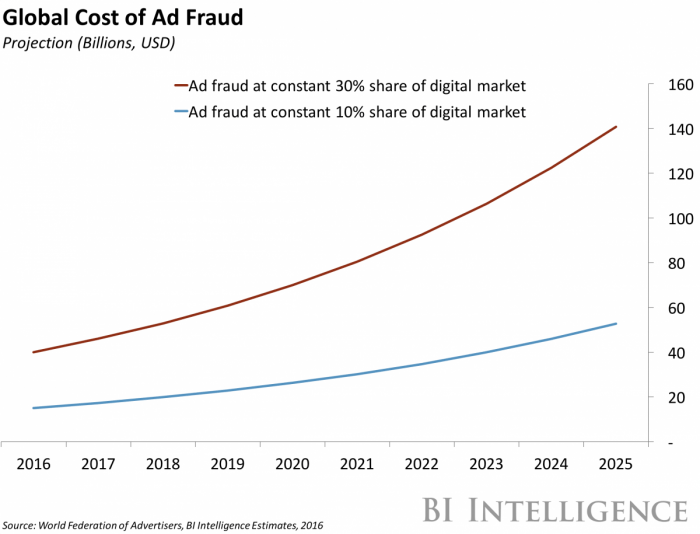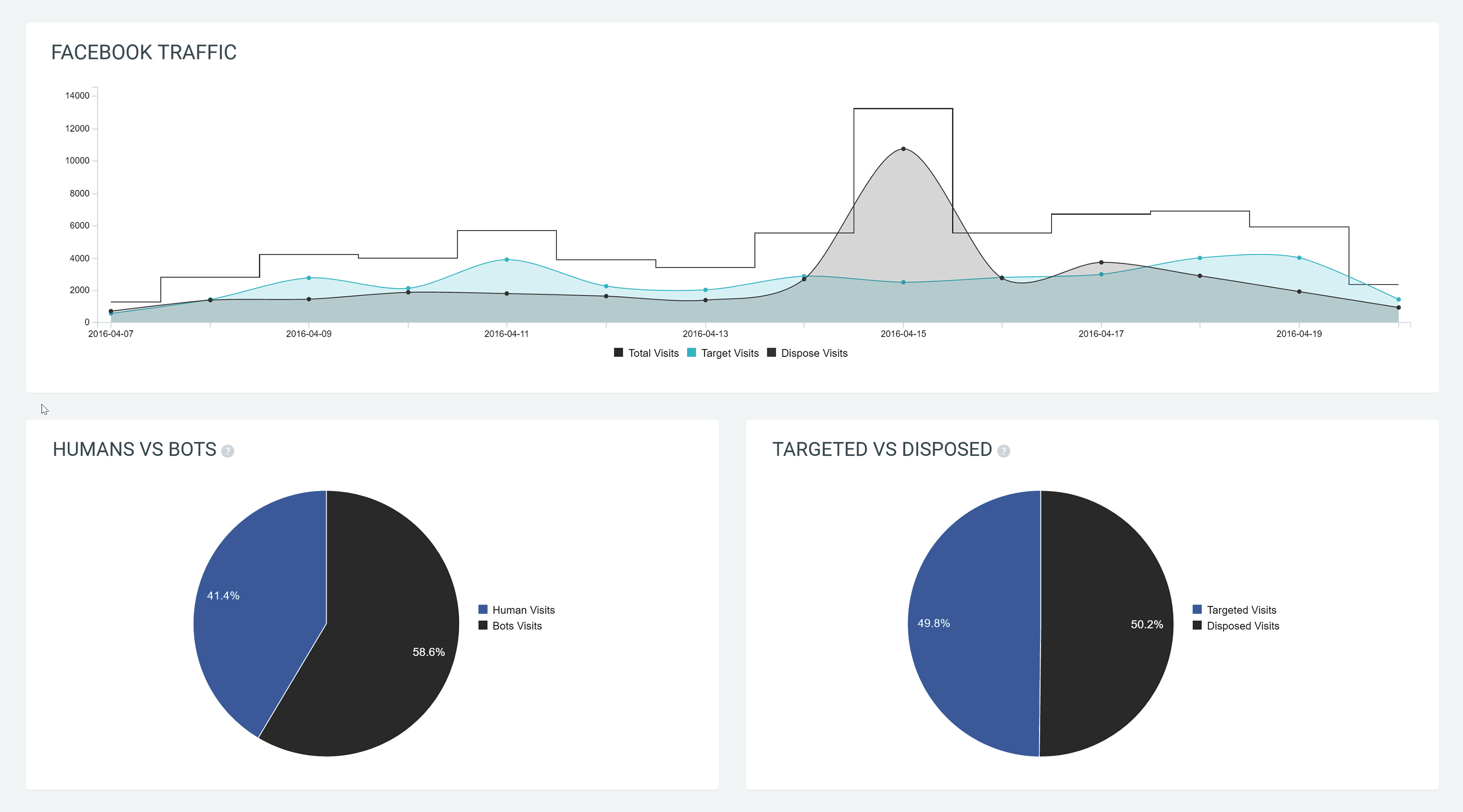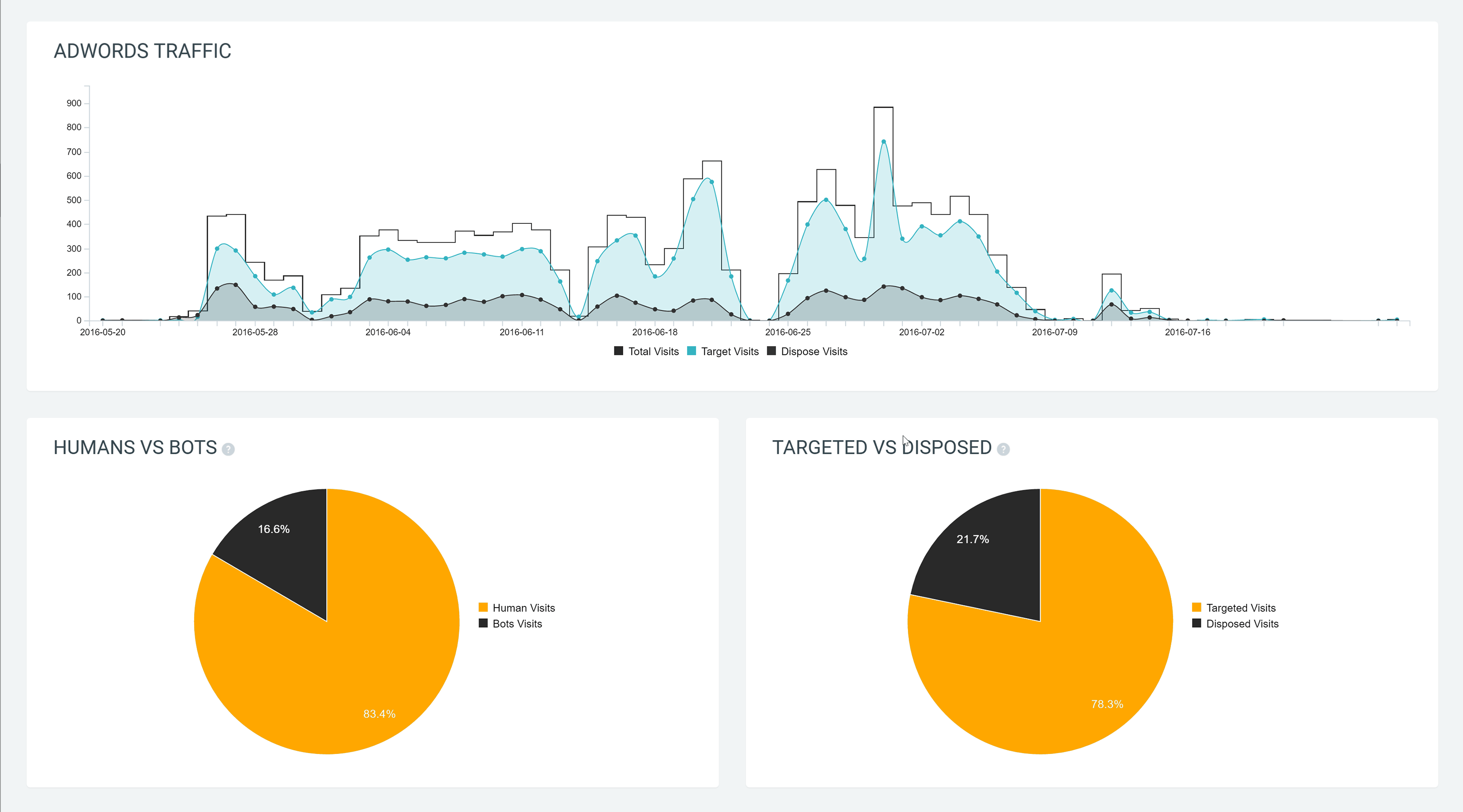Success Advice
Why I Had to Drop My Superman Complex and Hire a Marketing Genius
For many years I had the Superman Complex. I thought I could handle every aspect of my business, no one could do it better than me, I knew it all and if anyone else put their hands on it, they would stuff it up. I credited much of my business success to the fact that I had done a lot of it myself. The truth was, I had achieved a lot in the first few years utilizing my own skills and creative ignorance, but as the Addicted2Success brand sky rocketed so did the demands for new levels of execution.
So I hired 3 awesome individuals: Tyler, Armando & Joe to help with content management and administration and it wasn’t long after this that I discovered that in order for Addicted2Success and the community to reach the level of impact it deserved I would need to find a marketing analytics and SEO development guy.
That was when I decided to give Joseph Lazukin a shot.
At only 25 years old, this college dropout turned whiz kid has been making a name in all the right circles, and out of good humor and fun, I decided to put Joseph to the test here at Addicted2Success to see if the rumors were true, and here were the results…
Within two weeks of working with Joseph, he doubled our site traffic and increased our revenue by nearly 300%, while at the same time ranking Addicted2Success.com for more keywords than our closest competitor.
Here is our SEO graph :

After having such a massive impact, I decided to interview Joseph and pick his brain on the advice he had for up and coming entrepreneurs struggling to market their businesses, and to also share an exciting announcement to all of our A2S readers…
So what do you ask a million dollar consultant? I had a few ideas, and I think you’ll enjoy the golden nuggets we extracted out of our conversation below:
“What is the biggest mistake you see business owners making today, and what is your advice on how to prevent our readers from making the same mistake?”
The biggest mistakes I see business owners making today is when it comes to social media, hiring the right talent, and technology. Almost every company I’ve ever come across, whether client or a big brand name like Best Buy, Sears, or even Dell, I notice they have all not placed their Facebook pixel or even set up their Google Analytics correctly to make informed decisions, yet they’re spending millions of dollars a year marketing on these social platforms.
I’ve never seen such a waste of revenue, because even the slightest change to the way they integrate those two elements of their digital marketing strategy, would save them millions in annual spend.
It may sound crazy, but what almost every business owner including Fortune500 business owners and CMOs do not know, is that a growing majority of traffic coming through popular ad networks is bot traffic.
It’s why Facebook was sued a few years ago when a questionable amount of traffic was thought to be bot traffic, and why Google just issued a refund to advertisers.

In fact, bot traffic has become such an issue that by 2025 it’s expected to cost advertisers $50BN USD, which I can send you a link to later, and by the simple fact that these major companies aren’t implementing policies to protect against bot traffic, is tell tale that companies are in desperate need of outside consultants to help educate and help them understand the landscape and risks of marketing in the digital age.
Small tweaks, have saved my clients millions of dollars on ad spend, whether it was in the form of implementing services like Siphon to block and potentially get rebates on that bot traffic or simply delaying their tracking pixels to avoid click jackers, bots, and other nefarious traffic sources from being lumped into retargeting campaigns, and increasing CPAs (cost per action). It’s a 10 minute fix, that has a profound effect, but nobody is doing it!

Analytics showing bot traffic detected by Siphon on a Facebook™ ads campaign
“Every day we see increasing amounts of click fraud coming into our client’s websites, with some clients seeing as little as 8% with their AdWords or up to 40% on Facebook campaigns. This problem is only getting worse and anyone who doesn’t make the effort to stop it on their accounts is throwing money away. “
– Richard Seppala (CEO of Siphon)

Analytics showing bot traffic detected by Siphon on a Google Adwords™ campaign
As for anyone reading this who is looking into marketing online, the biggest piece of advice I can give you is that you need to be diligent and learn how to read and interpret data. Everything moves a lot quicker in the digital world than it does in the real world, one day you could be at the top of page one on Google or getting a 20x return on ad spend, and the next day an update can come out that wipes away your profits and offsets your quarterly projections. A year in the real world is like four years or seven years on the internet, staying stagnant and not adapting to new marketing practices is dangerous, and in the coming years we’ll see a lot of the big name brands get disrupted if they don’t adapt before another more agile competitor essentially takes their lunch.
“Wow! That was a lot of advice jumbled into one answer, so if I am understanding you right, advertisers are paying more because of bot traffic and they aren’t even aware of it? Or even how to fix it?”
Yes, and I actually have posted about the subject a few times on social media as well as fixes on how to prevent bot traffic from eating away at your margins. One of the biggest discoveries I made recently is when I ran “Engagement” based ads on Facebook vs “Traffic” based ads, and saw a huge disparity between the number of clicks that were being reported and the number of clicks that were being counted by Google Analytics and other 3rd party platforms.
Now I totally understand that there will always be some percentage of drop off, because of people becoming impatient due to load time, and that every analytics platform counts viewers differently, however all things considered when I ran a split test between the two ad types and the number of clicks reported, I saw a much greater disparity in the number of clicks reported by “Traffic” based ads, than I did with “Engagement” based ads, and I’m not talking a few percentage points, I’m talking upwards of 20%, and when I shared my findings, I was turned onto Siphon and other services that have sprung up in the industry that track bot traffic and are accredited for helping customers receive refunds from major ad networks like Facebook and Google and can issue copies of your traffic logs that you can then hand over to your ad network and receive a refund on that malicious traffic.
“Woah! So you can get a refund on your ad traffic?”
Yeah a certain percentage of it, but I would highly recommend companies implement best practices and try to prevent the malicious traffic in the first place.
“That makes sense, it’s better to prevent it than ask for a refund. So what other mistakes have you seen business owners making?”
Honestly, there is a pretty long list of things, but the main thing that businesses hire me for that has been possibly the biggest pain point, would have to be customer experience and follow up on cart abandonment.
So let’s say there is an e-com store that is doing around $10M a year, based on the universal industry average that 2 out of every 3 people abandon their cart, there will be around $20M in cart abandonment. That is an incredible amount of money, and those are not cold leads either, they are warm, they have already been to your site, experienced your brand, and yet when I ask most company owners and CMOs where their marketing dollars are being spent, it’s not on converting this low hanging fruit, it’s on bringing in more hard earned, cold leads.
It is a little insane to me, but hopefully that trend will start to shift as companies continue to adapt with consumer trends, and improve end to end customer experience.
“Interesting, so is that what you do, or what exactly is it that you do?”
I have worn a lot of hats, but most notably I am known as a CRO (conversion rate optimization) specialist. So for example, I’ll come into an e-com or SaaS business that is doing $10M a year in sales, that has $20M in cart abandonment like I mentioned previously, and I’ll use a handful of strategies to recoup around 30% or $6M of those abandoned sales. That is what I am mainly hired for these days, but on the other hand, I can also come in and optimize a site from a technical level so that it ranks significantly higher on Google and other search engines, like I did for Addicted2Success.
It really depends on what the client needs, but mostly companies hire me to recover abandoned cart sales, and put more points on the board to make investors happy. Recently however, I’ve been hired directly by investment groups to speed up their return on investment in the companies they’ve invested in by auditing their portfolios, launching growth hacking campaigns, and implementing the marketing strategies I have bulletproofed across several industries.
Often times, the difference between profitability and ending the year on a deficit could be as simple as implementing a bot filter like I mentioned above, tweaking your site structure to index better on Google, or implementing a solid cart abandonment strategy. If you have ever read Think & Grow Rich and the chapter about being 3 feet from gold, that is where most of the businesses are at when they approach me, I help them achieve those last 3 feet by shifting, optimizing, and re-aligning their marketing efforts.
“That is a really interesting perspective, I myself am a huge fan of Think & Grow Rich and I couldn’t agree with you more a lot of businesses often are on the edge of greatness and may need that fresh pair of eyes and outside perspective or consultant like you to help them achieve it. So all of this is really amazing, and I am glad to make the following announcement, but before I do, where can our readers follow or get in touch with you if they want to learn more about marketing and about what you do?”
The easiest way to follow me would frankly be on Facebook via my personal profile and for anyone interested in learning more about marketing and the strategies I implement for my clients, then joining my strategic marketing group will give you the greatest insight. I cover everything from paid advertising to SEO to social media hacks I use on client campaigns, and every other week I jump in and do a one hour live Q&A where you can ask me anything about marketing or about how to solve a problem you’re experiencing in your business. It’s something of a side project of mine, and although I could charge significantly more for the information I share, I wanted to make it expensive enough for people to pay attention and take action on the content, but low enough for any small businesses, startup, or business professional to be able to afford it.
“That’s a great way to give back, so I guess that leaves us with the big announcement you’ve all been waiting for…”
After working with Joseph and seeing his work ethic and simple dedication to the craft, we are excited to announce that we have brought him in as a permanent partner here at Addicted2Success!
So to all of our followers here at Addicted2Success, please give Joseph Lazukin a warm welcome to our A2S family! We look forward to the growth and expansion of A2S under his direction and the lives we will touch as we continue to grow the world’s #1 site for motivation and inspiration!
Did You Know
How Skilled Migrants Are Building Successful Careers After Moving Countries
Behind every successful skilled migrant career is a mix of resilience, strategy, and navigating systems built for locals.

Moving to a new country for work is exciting, but it can also be unnerving. Skilled migrants leave behind familiar systems, networks, and support to pursue better job opportunities and a better future for their families. (more…)
Life
10 Research-Backed Steps to Create Real Change This New Year
This New Year could finally be the one where you break old patterns and create real, lasting change.

Every New Year, we make plans and set goals, but often repeat old patterns. (more…)
Change Your Mindset
The Silent Skill That Makes People Respect You Instantly
What truly earns respect and why most people go about it the wrong way

Everybody craves respect but not everyone earns it. Some people believe that a title, years of experience, or a position of authority automatically entitles them to respect. (more…)
Entrepreneurs
The Essential Skills Every Entrepreneur Needs In 2026
Success in the digital age isn’t about luck. It’s about mastering the skills that separate dreamers from doers.

When I was 22 years old, I started my first side hustle as a ghostwriter. (more…)
-

 Shift Your Mindset4 weeks ago
Shift Your Mindset4 weeks ago11 E’s That Define Every Great Leader And Why Most People Miss Them
-

 Did You Know3 weeks ago
Did You Know3 weeks agoThe Success Patterns You Inherited (And Didn’t Notice)
-

 Entrepreneurs3 weeks ago
Entrepreneurs3 weeks agoThe Essential Skills Every Entrepreneur Needs In 2026
-

 Business4 weeks ago
Business4 weeks agoThe Hidden Money Pit in Your Operations (and How to Use It)
-

 Change Your Mindset2 weeks ago
Change Your Mindset2 weeks agoHow to Turn Your Mind Into Your Greatest Asset (Instead of Your Enemy)
-

 Change Your Mindset2 weeks ago
Change Your Mindset2 weeks agoThe Silent Skill That Makes People Respect You Instantly
-

 Life1 week ago
Life1 week ago10 Research-Backed Steps to Create Real Change This New Year
-

 Tech1 week ago
Tech1 week agoWhat’s in a Name? How to Get Your Domain Right

























